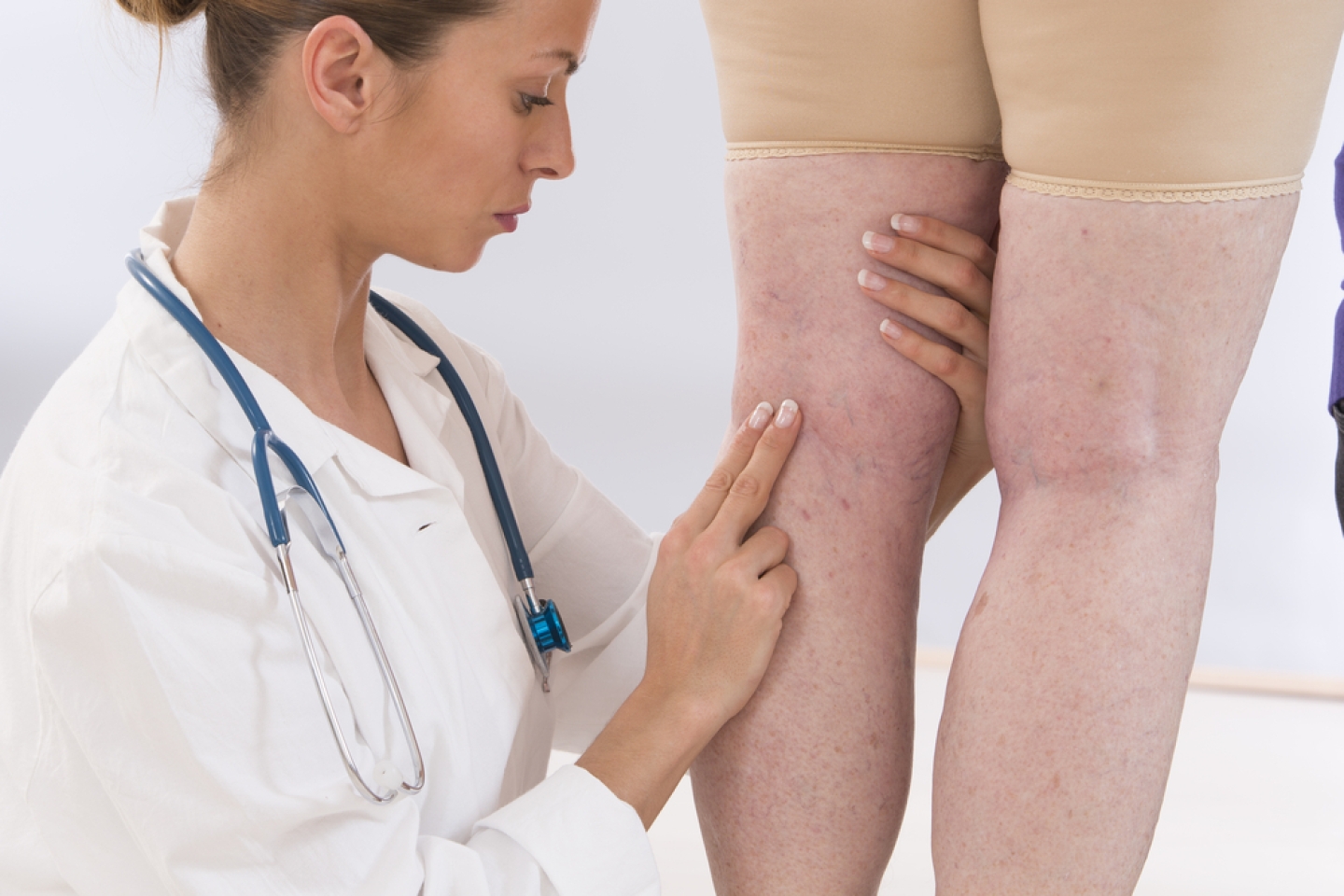
We’ve all seen them, and some of us have experienced them, but what are they, exactly? Why do some people develop varicose veins at a fairly young age, while others live into their 80s and 90s without any sign of them?
Varicose vein specialists Drs. Tikva Jacobs and Soo Rhee provide answers to your most pressing questions, starting with a working definition: Varicose veins are swollen, twisted blood vessels that lie just under the skin, typically on the legs.
“The veins in the legs are designed to take blood back up to the heart,” says Dr. Rhee, a Clinical Assistant Professor of Surgery and an Assistant Attending Vascular Surgeon at Weill Cornell Medicine. “They actually work against gravity, aided by valves that normally function for that purpose. But if you have varicose veins, the walls and valves may be damaged, causing the blood to flow in the wrong direction.”
Adds Dr. Jacobs, also a Clinical Assistant Professor of Surgery and an Assistant Attending Vascular Surgeon at Weill Cornell, “the blood backs up into the vein and creates the ‘bulgy’ appearance that’s characteristic of varicosity.”
The two specialists proceed to answer your FAQs regarding the symptoms, diagnosis, treatment and lifestyle modifications that promise to alleviate varicose veins—a condition that usually isn’t dangerous but can be painful and distressing.
The number-one cause is heredity, Dr. Jacobs says. As well, they’re more prevalent in women than in men.
In addition to heredity and female gender, other risk factors include age, obesity and lifestyles that require prolonged sitting or standing.
Your symptoms may get worse when you sit or are on your feet for long periods, and they may get better when you lie down or put your feet up.
Not every varicose vein creates a health issue, Dr. Rhee says, but if you have one or more of the symptoms described above, see a doctor for evaluation. During your appointment, you’ll have a duplex ultrasound of your veins. That will show whether there are any blood clots and which veins have valves that aren’t working properly.
On average, a duplex ultrasound takes just 20 to 30 minutes.
“There’s a spectrum of reasons for seeking treatment,” explains Dr. Jacobs. “Some people have bulgy veins but no symptoms, while others have symptoms that interfere with their normal activities. And a minority of patients suffer from complications, such as ulcers or bleeding.”
Specialists like Drs. Rhee and Jacobs offer an array of procedures to treat varicose veins. Which one they use will depend mostly on the size of the vein.
Ablation, phlebectomy and sclerotherapy can be used for either cosmetic or medical treatment. Whichever treatment is used, “the goal is to close the vein down permanently,” says Dr. Rhee. “Then, the blood trapped inside it is able to re-route and find a healthy, efficient vein that will send it back to the heart.”
Vascular surgeons discuss the pros and cons of each treatment option with their patients. Together, they arrive at a decision, depending on the size, depth and location of the vein, identified via the venous ultrasound used earlier to diagnose the condition.
All of these options are outpatient procedures, and all are performed with local anesthesia—or no anesthesia at all.
Patients are required to wear a compression stocking for 1 to 2 weeks. In terms of pain medication, Dr Rhee states, “It depends on which treatment is done. With some procedures, patients commonly use Tylenol or ibuprofen plus ice to help with discomfort. Other procedures require no pain medicine at all.”
“Walking is the best type of exercise for people with varicose veins, Dr. Jacobs says. “When you walk, you activate your calf muscles. The calf is the second largest pump in the body, next to the largest one: the heart.
“These lifestyle measures won’t make already-existing varicose veins go away,” she continues, “but they’ll slow their progression and ease your symptoms.”
To make an appointment with a vascular surgeon, call (646) 962-8450 or visit here.